Maintaining Biodiversity in Rights of Way Using an IVM Approach

For many decades, maintaining vegetation in utility rights of way received a, well, utilitarian approach. Emphasis was on keeping lines free from vegetation that could interfere with line maintenance or interrupt service to the community.
Of course, these areas are inextricable from the larger natural world. As part of the landscape, they serve a much different utility — providing habitat for a broad range of flora and fauna and resulting in benefits that go far beyond reliable electrical service.
In central Pennsylvania, public scrutiny of how right of way lands are managed is not a new issue. All the way back in 1953, members of the public, including hunters, began to question whether the vegetation management practices in utility rights of way might be affecting local wildlife. And so, 70 years ago, the Pennsylvania State Game Lands 33 (SGL33) research project began. SGL33 became the longest-running study of its kind, “measuring the effects of vegetation management practices on plant diversity, wildlife habitat and wildlife use in a right of way.”1 A similar study began in 1987 at a companion site. Both studies have resulted in valuable insights and best practices for balancing the benefits of maintaining biodiversity with keeping rights of way functional and safe for utility services.
The studies in Pennsylvania focused on:
The vegetation management strategies used by the researchers fell into two broad categories:
In the mid-1980s the study areas began using a wire zone-border zone integrated vegetative management (IVM) approach. This setting provided the perfect “laboratory” to study the effects of different vegetation management techniques.
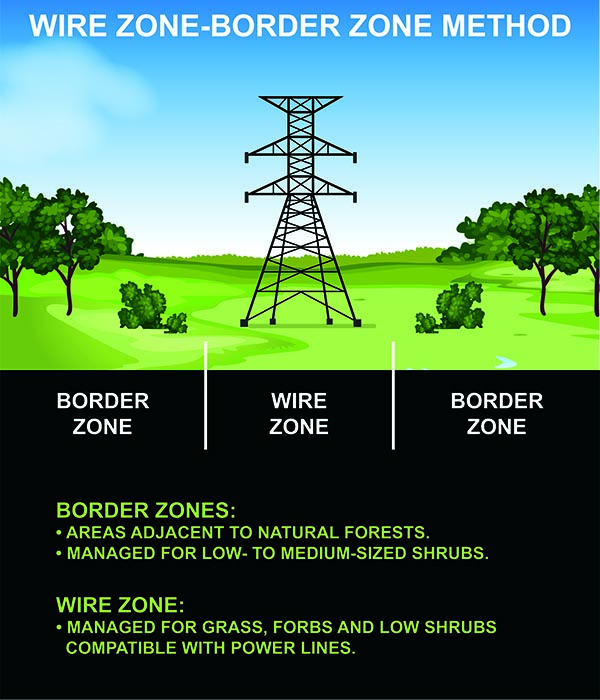
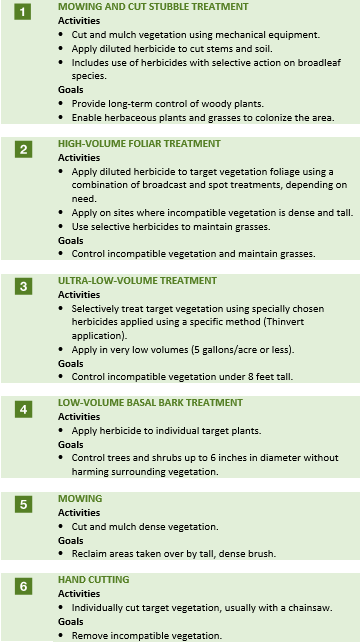
Across the study areas, the researchers found that vegetative management practices that included use of herbicides provided the best results for both biodiversity and maintaining utility right of way function. The researchers looked at effect on specific parts of the ecosystem and found using IVM techniques that included herbicides contributed to creating areas with thriving populations of plants and animals. Here are some of their key findings:
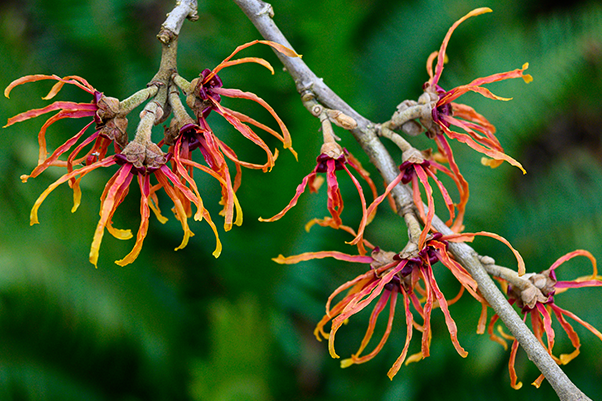
The researchers found that herbicide treatments created conditions that enabled beneficial trees, shrubs, forbs and grasses to populate the area. They concluded that with the right maintenance strategies, these plant populations would remain stable and reflect diversity that was equal to, or sometimes better than, non-treated areas. The result is an area of diverse, abundant vegetation that provides cover and food for wildlife, yet does not interfere with utility functions.
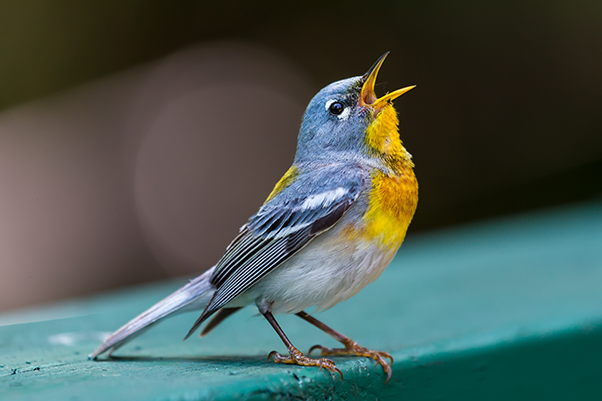
The border zones in the study are home to more than 40 bird species. Bird populations were highest in the border areas, where there is a greater combination of vegetation for nesting, and the researchers noted great success in nesting along the right of way areas. Selective use of herbicides proved advantageous for this wildlife as well, with the researchers counting 33% more bird species on herbicide-treated areas versus mechanically treated areas.
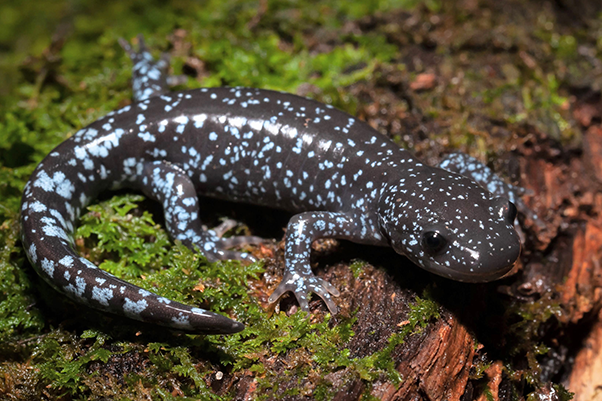
The researchers found that properly maintained rights of way need not be a barrier to the movement of reptiles and amphibians and, in fact, the right of way area saw more species diversity (8-9 species recorded) than the adjacent forest (2 species recorded).
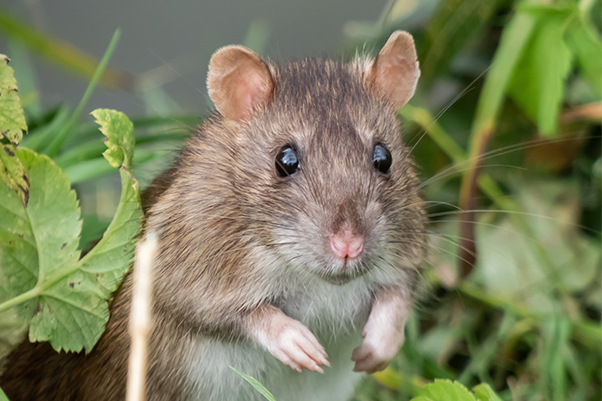
As with reptiles and amphibians, the researchers found a greater diversity of small mammals in the treated right of way areas than in the adjacent forest. They recorded multiple species of mice, shrews and voles, and the presence of short-tailed weasels. The researchers believe this diversity was enhanced by management practices that promoted the growth of more plant cover types, such as grasses and shrubs. These small mammals will play an important role in maintaining the right of way vegetation over time because they feed on tree seeds and seedlings.

Use of selective herbicides in the right of way areas in these studies promoted growth of numerous wildflowers, which then attracted multiple butterfly species, which came to feed on the wildflower nectar. Butterflies were more common in areas treated with herbicide than those that were managed with hand cutting.

Although right of way treatments shifted vegetation in the study areas, they remained attractive habitats for white-tailed deer. The researchers noted that not only are deer a lovely aesthetic complement to the area, they also help naturally control incompatible vegetation by browsing in both wire and border zone areas. While the deer browsed more woody plants in the adjacent forest area, they ventured into the right of way to browse the herbaceous plants growing there.
<
These long-term studies reinforce that an IVM approach using a combination of mechanical removal and targeted herbicides promotes a biodiverse ecosystem where many plants and animals can thrive. By promoting growth of diverse, beneficial vegetation, an IVM approach provides plenty of cover and food sources for animals and insects, which then help to naturally keep the system in balance, ultimately, requiring less maintenance and intervention in the right of way. With the right approach, utility land managers can create spaces with plenty of room for both nature and infrastructure to function optimally.
1 Duncan, Celestine. “Plant and Animal Community Response to Long-term Vegetation Management Practices on Rights-of-way.” Weed Management Services. 2014. https://www.corteva.us/content/dam/dpagco/corteva/na/us/en/products/us-land-management/DF_Plant_and_Animal_Response_Broch.pdf.
Sharing innovative research, success stories and tips with invasive plant managers.